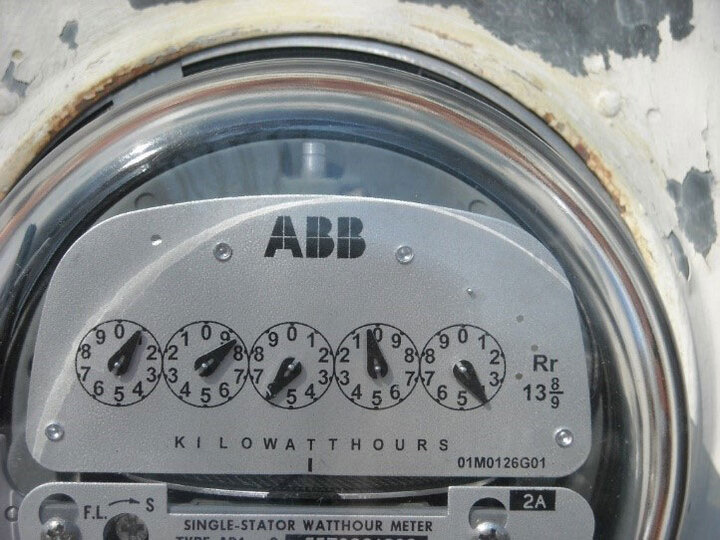Water, electricity, vehicle and heating fuels, and communication services are among the most important inputs for a livestock operation. Farmers must identify potential utility suppliers and begin communication with them before starting an operation to evaluate the utilities available in their region. Producers should estimate both the amount and schedule of utilities that their operations will demand.

The fresh water supply available on a site – e.g. well capacity – is critical and should be a key component of site evaluation, as most livestock operations do not want to pay for public water supply. Refer to the Risk Management Tool in the AgSitePlanner for specific information on groundwater and surface water resources.
General equipment and buildings demanding energy resources include:
- Electricity: Pumps, feeding systems, fans and other ventilation equipment, lighting, cooling systems, cleaning equipment, etc.
- Vehicle fuel: Tractors, feed and animal transport trucks, ATVs, pumps, generators, etc.
- Heating fuel: Barns, offices and other building spaces; water heaters; steam-flakers/roasters, etc.
Power is the rate of energy use. It is important to estimate peak electrical power demands (daily and seasonal) when planning on-farm systems and public utility connections. Projections should have an eye to the future so line sizes and system capacities don’t limit growth. Some rural utilities charge for power demand ($/kW) in addition to energy use (¢/kWh). Also evaluate the need for 3-phase power and access to it. Extending electrical power or natural gas lines can involve considerable expense, but might be worthwhile in some situations.
The Nebraska Power Review Board provides an interactive map of boundaries of the various electric power suppliers in Nebraska. Additionally, the Nebraska Department of Environment & Energy Air, Land & Energy included a list of utilities providers in the state on their website.
As livestock operations become more technology and data driven, internet and other communications services are becoming even more important. Access to modern communication utilities can be quite variable, though, so assess your local options.
Additional Resources
- Natural Gas Conversion Project Payback Estimator by The Ohio State University Extension.
- Benchmarking energy usage for swine producers by Iowa State University Extension and Outreach.